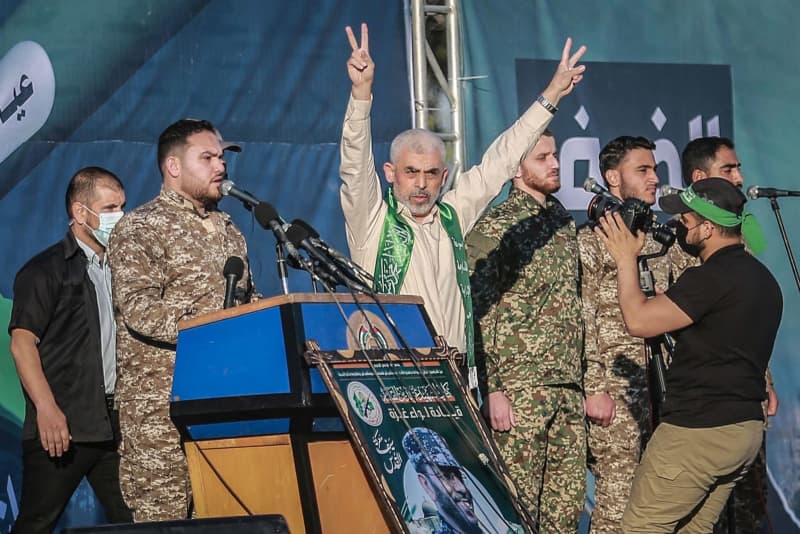On Friday, Israel’s military announced the death of Mahmoud Hamdan, a bodyguard for the late Hamas leader Yehya al-Sinwar. Hamdan was killed during a confrontation with Israeli forces in Rafah, a city in southern Gaza. The incident occurred in close proximity—only 200 meters—from the location where Israeli troops had previously eliminated al-Sinwar just two days prior. As a prominent figure within Hamas, Hamdan was deeply embedded in the organization’s operations in Rafah, specifically within the Tal al-Sultan neighborhood, where he was known to have served as al-Sinwar’s personal bodyguard until shortly before al-Sinwar was killed.
Hamdan’s role in Hamas extended beyond protection; he was also a commander of a battalion in the Rafah area. His position evidently tied him closely to key events involving the group, particularly the violent acts carried out against Israeli citizens. The Israeli military highlighted his involvement in the tragic murder of six Israeli hostages, which was attributed to his battalion back in August. Following their deaths, a search operation by the Israeli forces resulted in the discovery of the victims’ bodies within a tunnel located in Rafah. This operative initiative not only identified the sites of these horrific acts but also uncovered DNA evidence that linked back to al-Sinwar, further implications of the intertwining legacy of violence perpetuated within the conflict.
As the Israeli military continues to focus its efforts on targets associated with Hamas, the ongoing pattern of violence within the region remains deeply entrenched. The clash that resulted in Hamdan’s death exemplifies the high-stakes environment in which both the Israeli forces and Hamas operatives find themselves. The complexity of urban conflict in Gaza—characterized by close quarters, civilian populations, and the presence of militant groups—exacerbates the difficulties surrounding military engagements. While these targeted actions may disrupt terrorist operations, they also contribute to a cycle of retaliation and escalation, raising significant humanitarian concerns in the area.
Despite the Israeli military’s confirmation of Hamdan’s death, Hamas has yet to formally acknowledge the loss. This silence may indicate a range of tactical considerations, including internal strategies aimed at maintaining morale among militants and supporters. The manipulation of narratives regarding casualties can significantly impact public perception, especially in the context of a deeply divided society facing external pressures. Whether or not they choose to publicly confirm Hamdan’s death, Hamas’s strategic decisions moving forward will likely hinge on reinforcing its position in the ongoing conflict while managing internal fallout from losses within its ranks.
Moreover, the significance of Hamdan’s death may extend beyond the immediate impact on Hamas’ operational capabilities. His elimination from the equation could signal a broader shift within the dynamics of the conflict, pressuring related militant factions and forcing them to reassess their engagement strategies. As Israeli forces systematically target leadership and prominent figures within Hamas, there may be a period of vulnerability in which the group has to redefine its hierarchy and adapt its operational focus in response to substantial losses.
The cyclical nature of violence and counter-violence in the Israeli-Palestinian conflict continues to pose challenges to any long-term resolution. The deaths of figures like al-Sinwar and now Hamdan highlight the ongoing brutality and tragedy that characterize the struggle. Ultimately, the conflict remains a reflection of deep-seated issues rooted in political, social, and territorial disputes, and the loss of leaders on either side serves as a grim reminder of the complexities that must be addressed to achieve enduring peace and security in the region.

